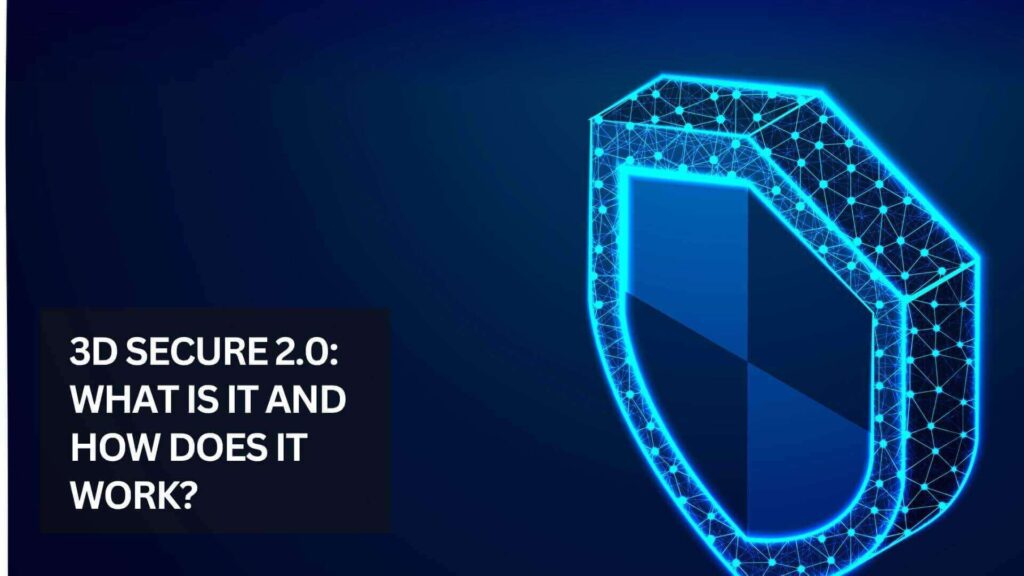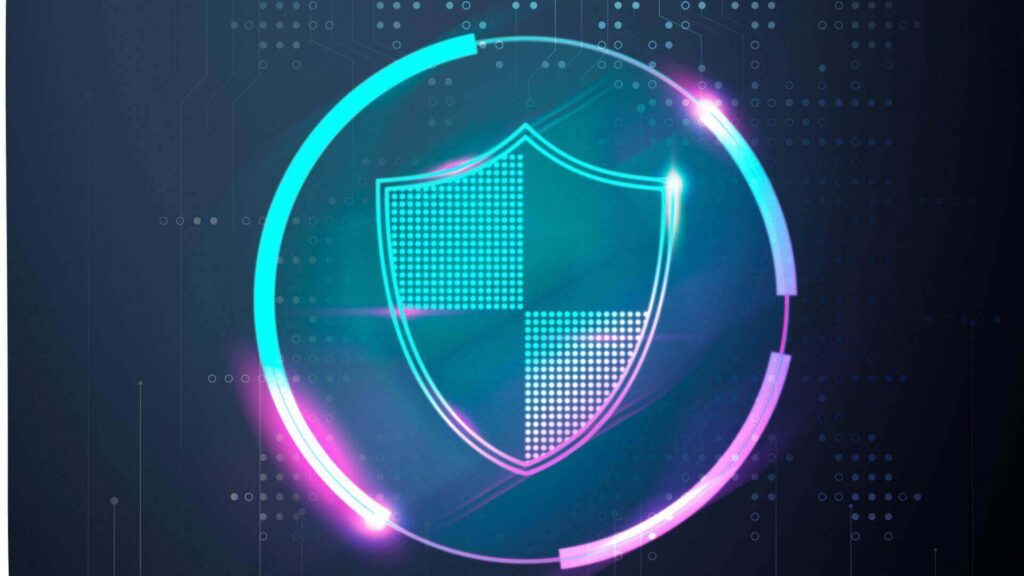4-Month Free Trial Test & Validate your 3DS Products & Authentication Flows with our Free 3DS Sandbox Environment.
4-Month Free Trial Try our 3DS Sandbox Environment.
4-Month Free Trial Test & Validate your 3DS Products & Authentication Flows with our Free 3DS Sandbox Environment.
4-Month Free Trial Try our 3DS Sandbox Environment.

3-D Secure, also known as the 3-domain structure, is a way to prevent online fraud when using credit or debit cards. It’s also known as payer authentication. This security method provides additional security for the cardholder as well as the merchant.
In the course of an online purchase when you pay, 3D Secure provides an additional layer of security to protect against fraudulent card use. The information is collected through a challenge to the purchaser. The challenge will gather information supplied by the cardholder along with their smartphone, or data gathered by the bank that issued the card through the use of a single SMS code biometrics, bank apps, or other methods.
This security measure safeguards your card from charges due to fraud. The responsibility for chargebacks is transferred to the card’s bank.
This is a step-by-step guide on the way the 3D Secure transaction works.
This security protocol is based on the exchange of data between three domains. Find out about the three distinct kinds of domains that comprise 3D Secure.
This domain comes from the bank of the customer that issues their credit card. It is the account from which the money is deducted for the transaction. The domain of the issuer is composed of various components.
The bank that manages the seller’s account is called the acquirer domain. It is the account of the bank receiving the funds directly from the sale. The domain that is used to acquire money is comprised of two parts.
The interoperability domain is responsible for deciding the network that is needed for the transaction. The interoperability domain is comprised of two components.
3D Secure 2.0 was created in 2016 and then updated in 2017 to develop the latest protocols to facilitate online transactions. The new protocols significantly improved the user experience when using 3D Secure which made the process of checkout easier and more smooth. Here are a few benefits 3D Secure 2.0 brings to the table.
3D Secure authentication, in its initial version, could make payment processing more difficult and cause sales to be lost.
Additionally, since 2FA is required for security, Europe introduced PSD2 and SCA regulations in the years 2019 and 2020. 2FA offers many benefits for online shopping — some of which we’ve detailed in the following section.
Each time a transaction is made, 3D Secure solution will try to authenticate the customer without contact by the cardholder. It is Dynamic 3D Secure, also known as “Frictionless Challenge”, and gives the best of both worlds in two-factor authentication.

Dynamic 3D Secure also helps to balance protecting yourself from fraud while also simplifying the process of making digital payments.
Its Dynamic 3D Secure evaluates each transaction on the basis of risks, such as customer behavior, location, and contact details. Any suspicious activity is directed to a 3D Secure challenge to reduce the risk of fraud. Transactions with high risk are screened but are not blocked until confirmed that they are necessary.
Transactions that are deemed to be low risk won’t be challenged. This means that the cardholder is able to pay with no interruption. Dynamic 3D Secure means that your drop-off rate to customers is reduced, as well as your rate of conversion rises.
3D Secure offers a number of advantages in the world of e-commerce. Let’s look at a few of them.
With added layers of security, it is much harder for fraudsters to make online fraud. Customers can rest assured that they are shopping through a legitimate business and your company is secured from fraud using credit cards.
A happy customer leads to increased sales. With more secure payment and simpler checkout, your customers will be returning to purchase again.
Customers can also use additional layers of security to ensure the information on their cards is secure. As more businesses use 3D Secure, it becomes much more difficult for thieves to steal and access their debit or credit card details. Merchants are safe from chargebacks since the bank that issued the card is responsible for the charge. Every transaction is protected by SSL encryption, which protects the data when it changes hands between financial institutions making the transaction as secure as possible for everyone involved.
Your customers can feel more confident doing international transactions thanks to the additional security. This can expand merchants’ reach into new countries and provide customers with more purchasing options.
3D Secure 2 is set to become the prime authentication method for online card payments, thanks to a number of updates that improve not only the security but also the consumer experience of 3D Secure 1 (3DS1).
| No More Static Passwords | The days of rummaging through your drawers to find your 3D Secure password are over. Consumers will no longer have to look for their passwords and are more likely to complete their purchases. |
| Two-Factor Authentication | 3DS2 implements two-factor authentication. To make the experience more convenient for consumers, authentication can be completed, for example, with a token and a simple thumbprint. |
| Fewer False Declines | The new protocol provides ten times more information to the issuers, which helps drastically reduce the number o false declines. Consumers will retain their trust in 3DS2-secure transactions. |
| Mobile Enabled Security | Consumers will no longer be redirected to potentially non-mobile-ready authentication pages. |
| Less Cart Abandonment | Overall greater convenience, a faster checkout process, and a seamless shopping experience will reduce shopping cart abandonment by 70%. |
| Merchant Opt-Out | As a merchant, if you decide on 3DS2, you regain the freedom to choose which transactions you send through the protocol and which ones you don’t. However, please keep in mind that issuers may have to decline the transaction because SCA is required on their side. |
Are you looking to take your online company to the next step? 3D Secure Payments protect your business from chargebacks and provide your customers security.
We understand how crucial security online is, particularly when it comes to financial transactions. We provide top-of-the-line security, so you can concentrate on creating relationships with your clients and receiving their payments.
Start immediately with LOGIBIZTECH. LOGIBIZTECH manages your 3D secure payment transactions!
With many years of rich experience in technology development, Logibiz Technologies aim to boost your online presence by offering 360-degree solutions related to Online Payments and its Security.
From Online Fraud Prevention solutions to White Label Payment Gateway Platform and complete 3DS testing environment, Logibiz has got your back. Additionally, we also offer consultancy services for all your EMVCo & Card Scheme certification needs.
We provide Free Demo & POC of our products which are certified globally and trusted by leading Financial Institutions worldwide.
Book a Free Consultation Call with our experts to discuss how we can help grow your online payments business.
Test your 3DS Products with a 4-Month Free Trial of our 3DS Sandbox Environment.
Try 4-Month Free Trial of our 3DS Sandbox Environment.
We provide Tailored Payment Solutions for PSPs, Payment Gateways, Banks and Merchants with a complete range of top-tier payment gateway platforms, robust authentication solutions, and cutting-edge testing tools.
We’ll update you on our upcoming events, newsand publications.
Test & Validate all your 3DS Products & Authentication Flows with a 4-Month Free Trial of our 3DS Sandbox Environment.
Try our solutions for free! Sign up now and see how we can help you.
Explore our comprehensive services. Download our brochure for detailed information on our offerings and solutions.
The 3DS Server provides a functional interface between the Directory Server (DS) and the 3DS Requestor Environment flows. 3DS Server is responsible for gathering necessary data elements for 3-D Secure messages, authenticating the DS, validating the DS, the 3DS SDK, and the 3DS Requestor, safeguarding the message contents. The 3DS Server also helps to protect the message content while it is being transferred to DS and vice versa.